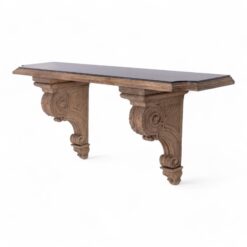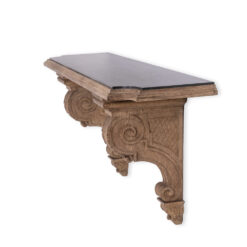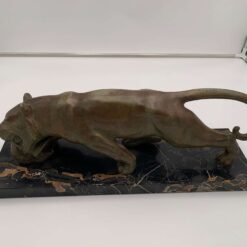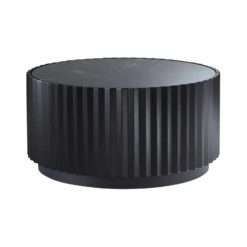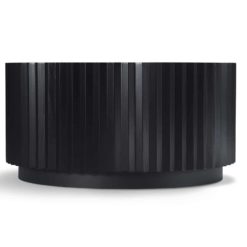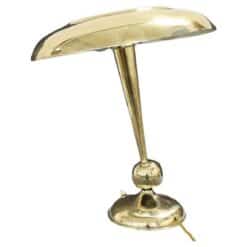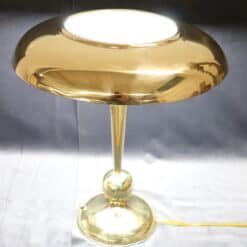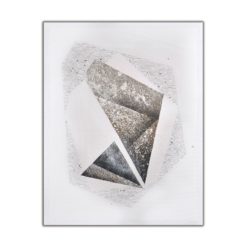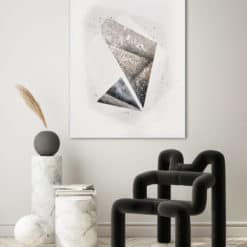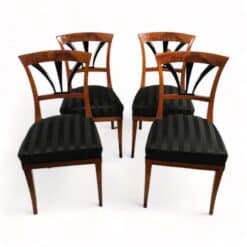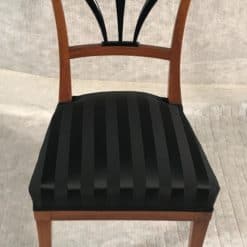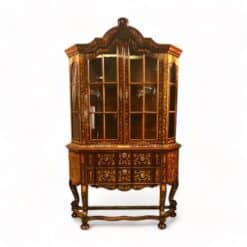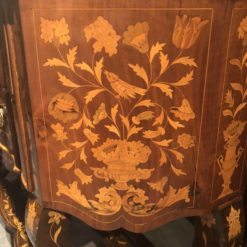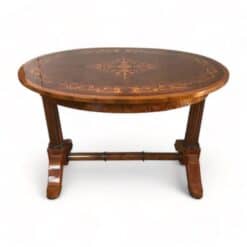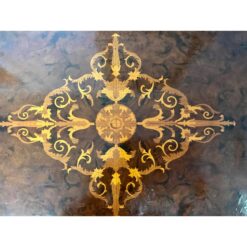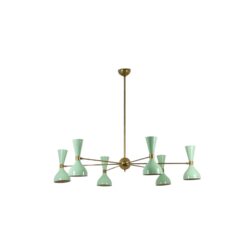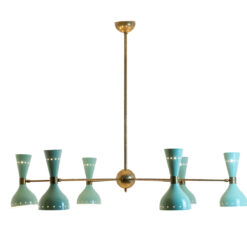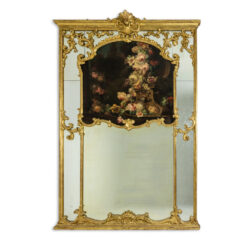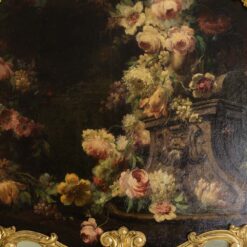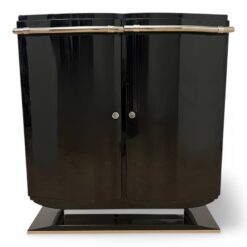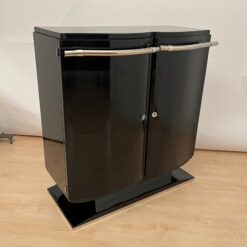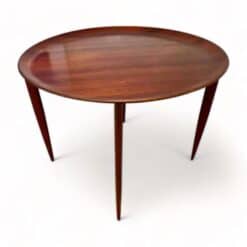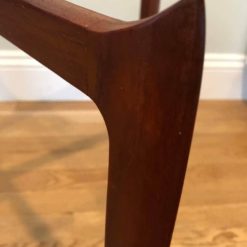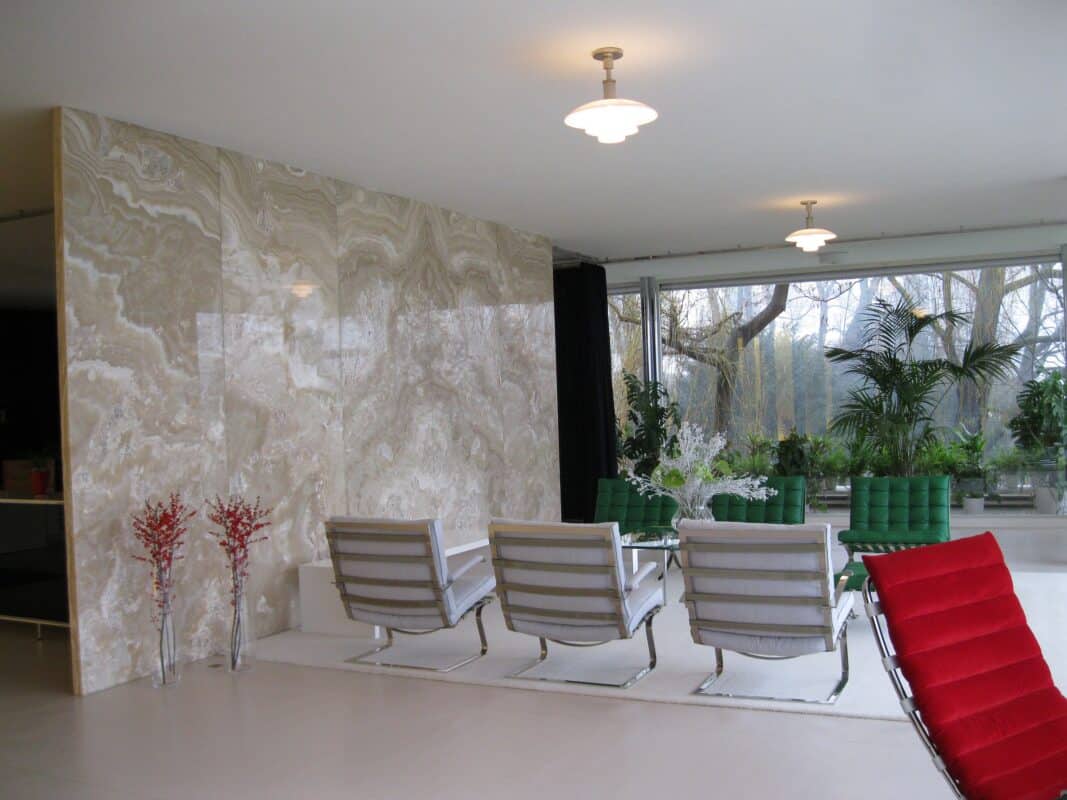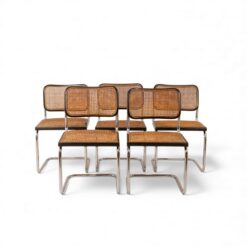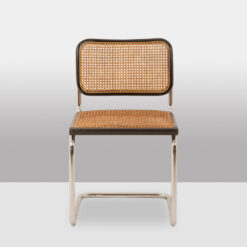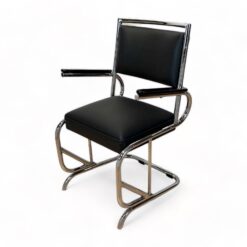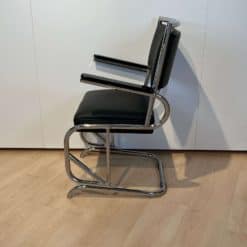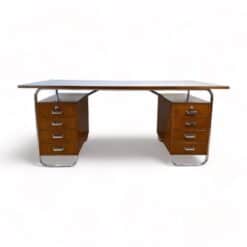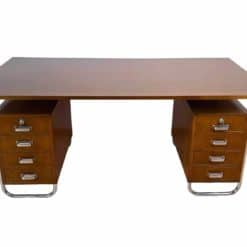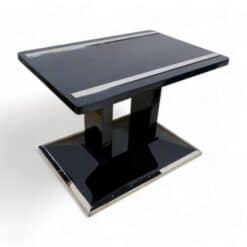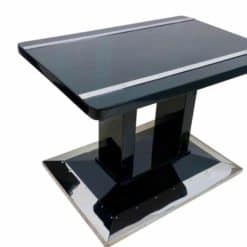Best Sellers
Uncategorized
Mies van der Rohe: Redefining Modern
Ludwig Mies van der Rohe, a renowned architect and designer, was a visionary who left an indelible mark on the world of modern architecture. With his iconic phrase “less is more,” he championed minimalism and embraced simplicity as the ultimate form of sophistication.
This blog post explores Mies van der Rohe’s work. His significant contributions to furniture design, modern art and the architectural landscape, as well as how his innovative ideas continue to shape our understanding of design even today.
Architectural Landmarks: Barcelona Pavilion and More
You may know Mies van der Rohe from the Barcelona Pavilion, also dubbed the German Pavilion, designed for the 1929 International Exposition in Barcelona, Spain. Ludwig Mies van der Rohe and Lilly Reich collaborated on the design. This modern building came shortly after World War I. The Pavilion symbolized a new Germany, which was more democratic and progressive.
Perhaps you’re familiar with the Friedrichstrasse Skyscraper Project by Mies van der Rohe, a bold vision for a glass skyscraper in Berlin.
In the U.S, perhaps you’re familiar with Crown Hall, widely considered to be the finest work of Ludwig Mies Van Der Rohe. Built to house the Illinois Institute of Technology’s (IIT) College of Architecture, it showcases many core elements of his design vocabulary and is a jewel of Mid-Century Modernism.
Early Life and Influences
Born on March 27, 1886, in Aachen, Germany, Ludwig Mies van der Rohe grew up during a time of artistic and intellectual ferment. Inspired by the works of influential architects like Peter Behrens and Frank Lloyd Wright, he developed a deep appreciation for the fusion of form and function.
Mies’s early experiences as a draftsman and apprentice provided him with a strong foundation in traditional craftsmanship, which he would later juxtapose with his progressive design philosophy. While he never attended architecture school, his own particular architectural style made him a leading pioneer of 20th century design.
A Furniture Legacy
This Pair of Barcelona Lounge Chairs by Mies van der Rohe are crafted in magnificent blue leather. They epitomize the timeless elegance and refined craftsmanship associated with the renowned architect and designer. These chairs are an iconic representation of modernist design, characterized by their sleek lines, geometric precision, and minimalist aesthetic.
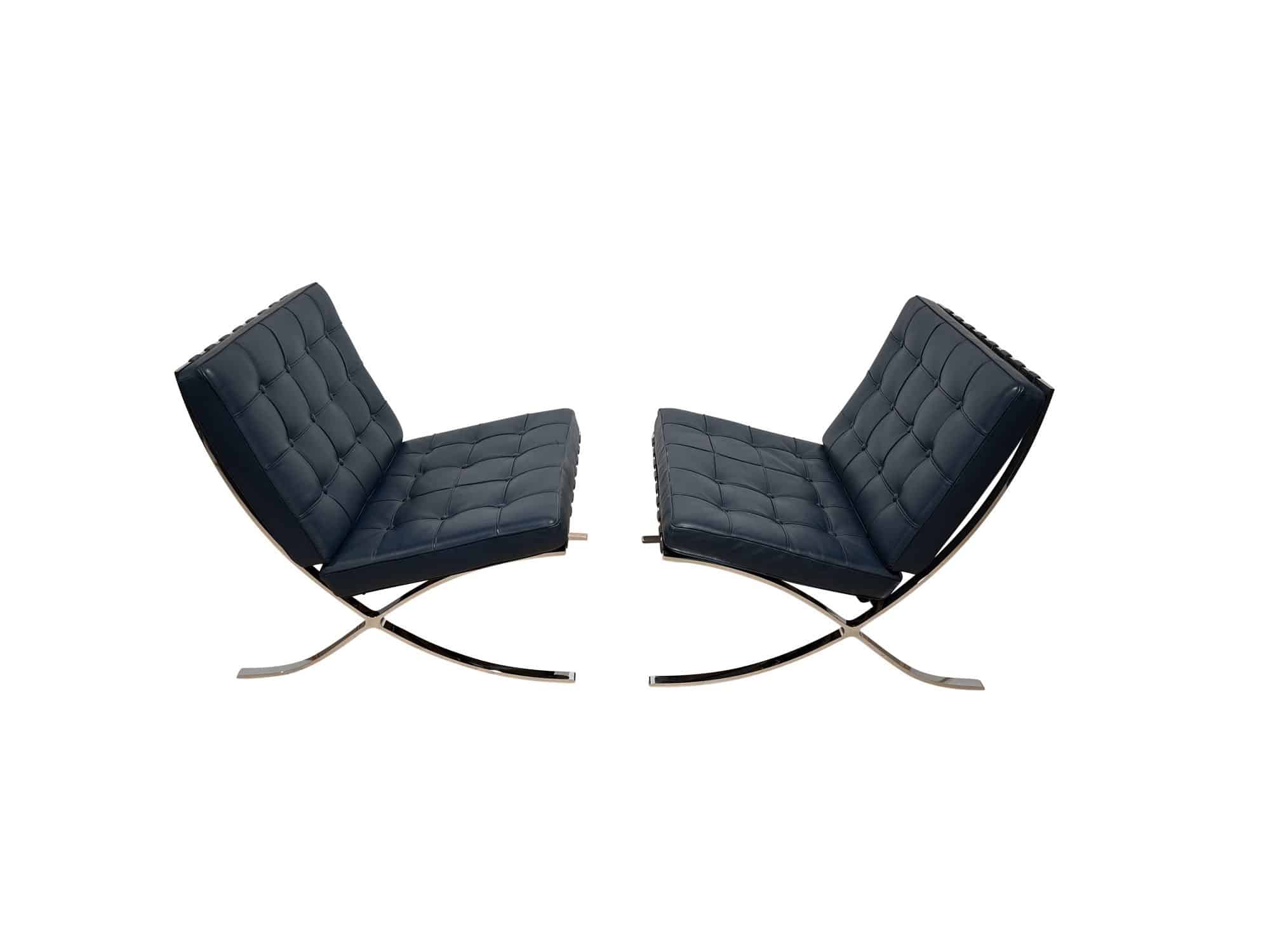
The combination of the plush blue leather upholstery and the chromed steel frame creates a striking visual contrast. In combination with the generously cushioned seat and backrest, this chair ensures optimal comfort and support. These Barcelona Lounge Chairs are not just pieces of furniture. They are artistic statements that bring an air of sophistication and contemporary style to any space. Whether placed in a living room, office, or lounge area, these chairs seamlessly blend form and function. They invite you to relax in comfort while experiencing the enduring beauty of Mies van der Rohe’s design.
The Bauhaus Movement
Mies van der Rohe’s affiliation with the Bauhaus, an influential art and design school, marked a pivotal moment in his career. Subsequently, in 1930, he became the school’s director and guided it through a challenging period. Mies served as director for three years, until the school was forced to close down after Nazi pressure.
Under his leadership, Mies developed style and made his mark. The Bauhaus shifted its focus toward industrial design and the integration of art, technology, and architecture. Mies’s emphasis on simplicity and functionalism was fully realized during this time, as Ludwig Mies van der Rohe sought to unite aesthetics with practicality in the built environment.
Bauhaus Before Ludwig Mies van der Rohe
During Mies van der Rohe’s time as director at Bauhaus, he cultivated creativity that lent itself to some of the most treasured furniture pieces of the 20th century. And still, Bauhaus style can define interior spaces today. While this Bauhaus Armchair by Rockhausen was produced in 1928, it is an example of the style of design that Mies van der Rohe was greeted by at Bauhaus.
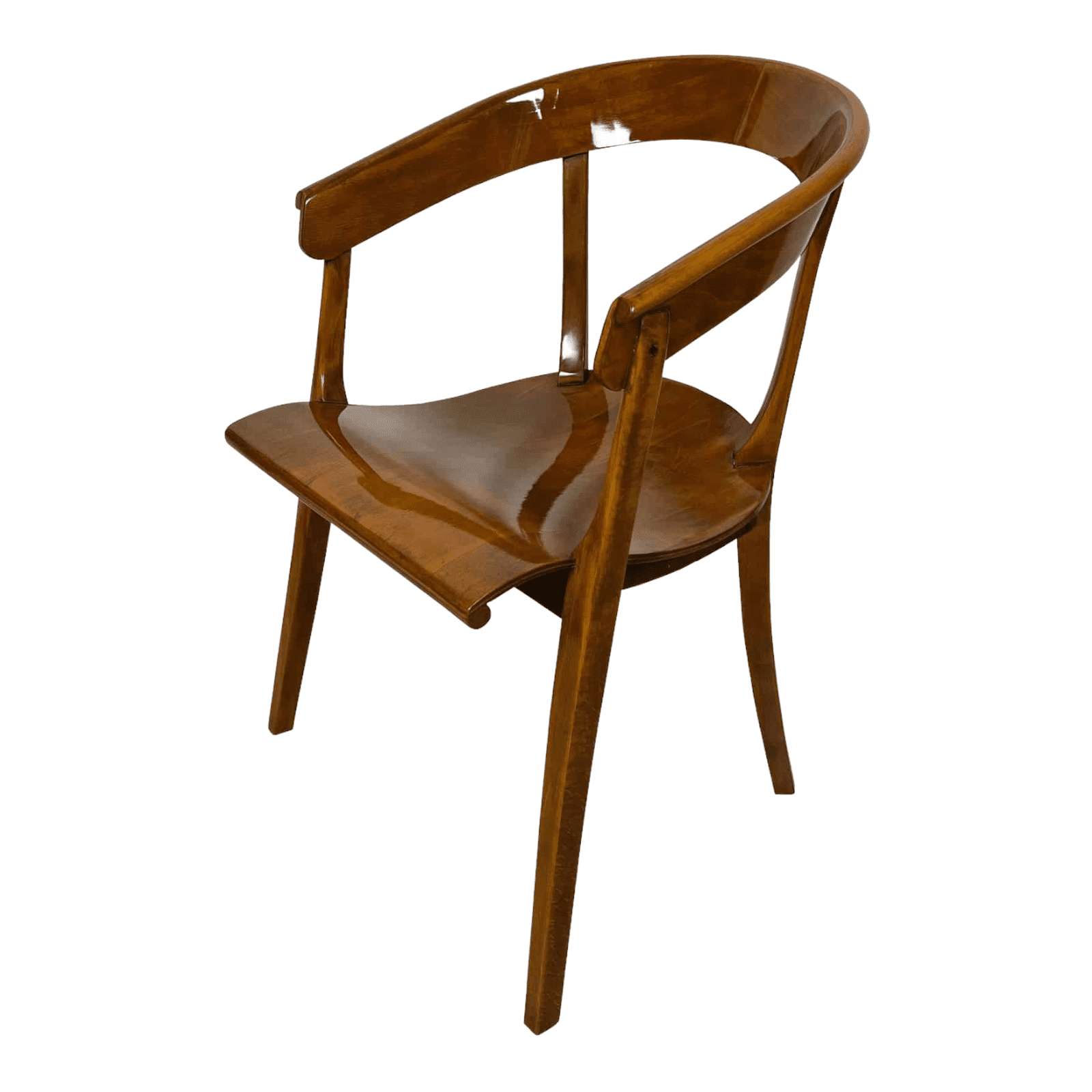
This chair is sleek, timeless, and delightfully gorgeous. You’d be just as lucky to have one of these in your home today as you would have been in 1930. The beech frame provides a sturdy foundation, while the seat and back feature beautiful carved plywood. The piece has luxurious French polish finish.
Polished Steel Tubes
Classic tubular polished steel tubes are a staple feature in many Bauhaus items. For example, this Bauhaus shelf by Mauser showcases a frame made of chromed tubular steel, over-polished for a sumptuous shine. The wooden shelves showcase a black high gloss lacquer, and the item is in phenomenal restored condition.
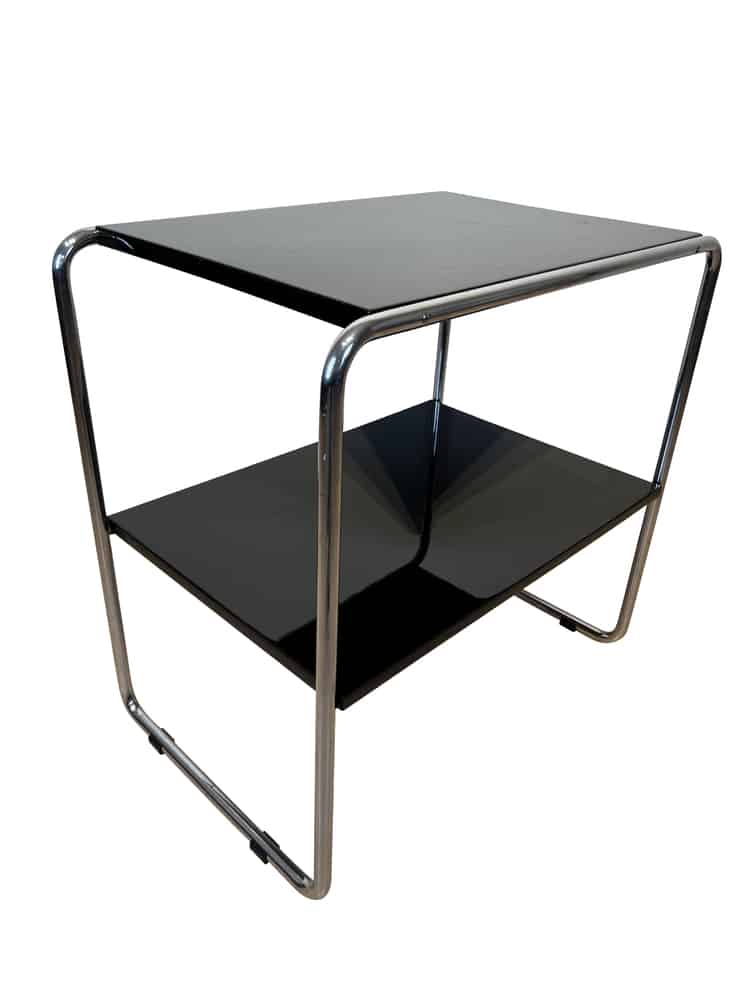
In general, many examples of this steel tube application can be seen on Styylish.com. This Bauhaus Steel Tube Etagere was designed by Emile Guyot from either Germany or former Czechoslovakia. “Thonet Mundus” most likely manufactured this piece, although it is not labeled. This etagere is from the 1930s and showcases a signature Art Deco form. The shelves almost cascade down into one another, creating a pleasing and eye-catching effect.
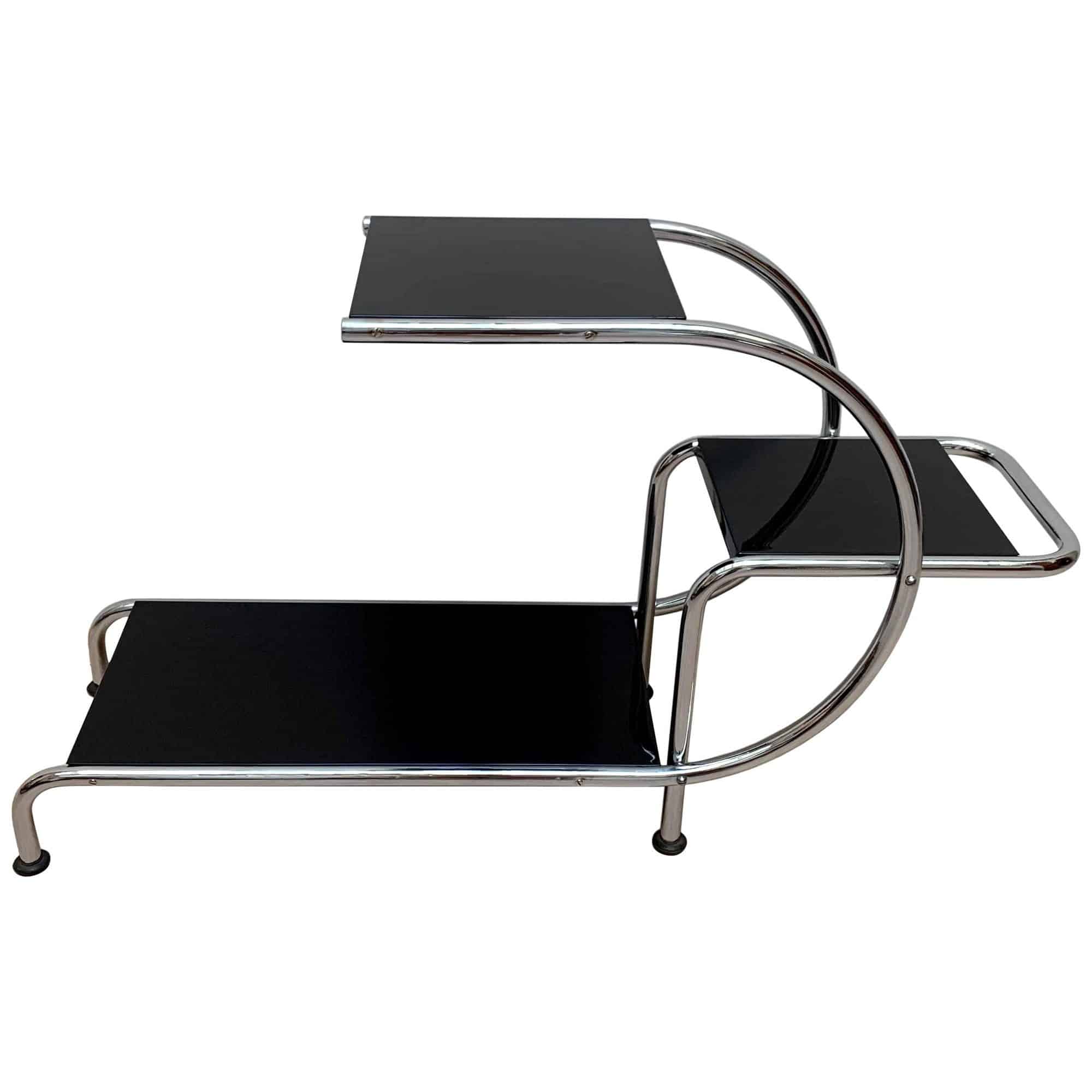
Mixed Materials on Display
You won’t only find this steel on tables and shelving. This Bauhaus Sofa pairs steel, black lacquer, patterned fabric, and velvet. The combination makes for a very eye-catching piece.
Overall, this modern and stylish sofa would be a great addition to any home. It is incredibly charming and in excellent condition. Relax and unwind on this sofa that dates back to the 1930’s and showcases traditional Bauhaus style as we know it today.
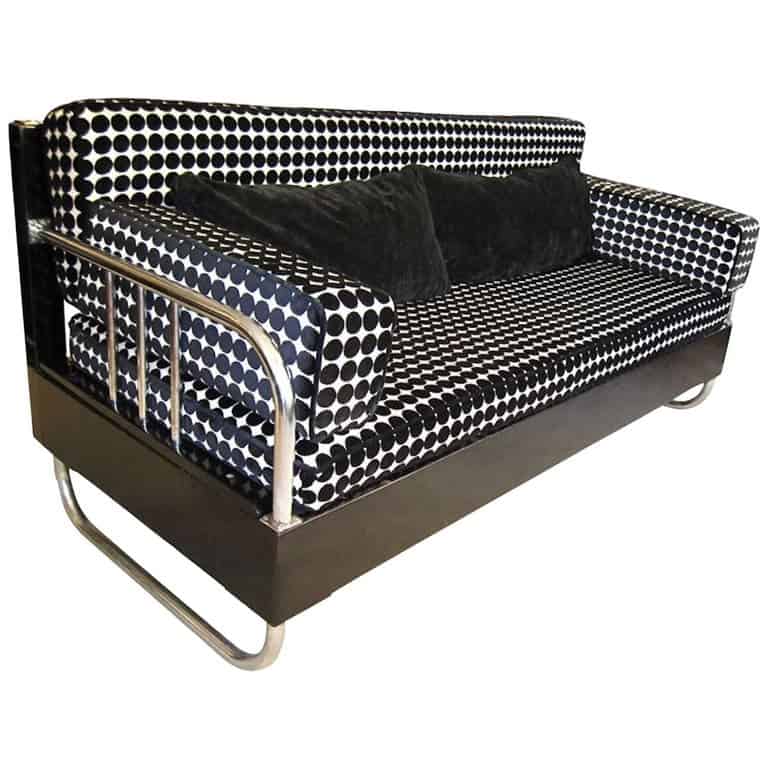
Mies van der Rohe: Promoting “Less is More”
As noted above, Mies van der Rohe’s most enduring contribution to architecture is his iconic phrase, “less is more.” This succinct mantra encapsulates his belief in the power of minimalism to evoke elegance and timeless beauty.
By stripping away ornamentation and excess, Ludwig Mies van der Rohe sought to create spaces that were both visually striking and functionally efficient. He used materials like steel, glass, and concrete. This innovation allowed for open floor plans and unobstructed space, enabling a seamless integration between indoors and outdoors.
Bauhaus in the 1940’s
Let’s glance at another example of Bauhaus, designed after Bauhaus was formally operating. While the school did not last past 1933, the followers of Bauhaus continued to develop visionary projects. This Bauhaus Desk by Mücke-Melder, is impeccably kept and incredibly unique. You can use the desk from both sides, and work alongside another person. In our current work from home era, this is perfect for two desk buddies, wanting to keep each other company.
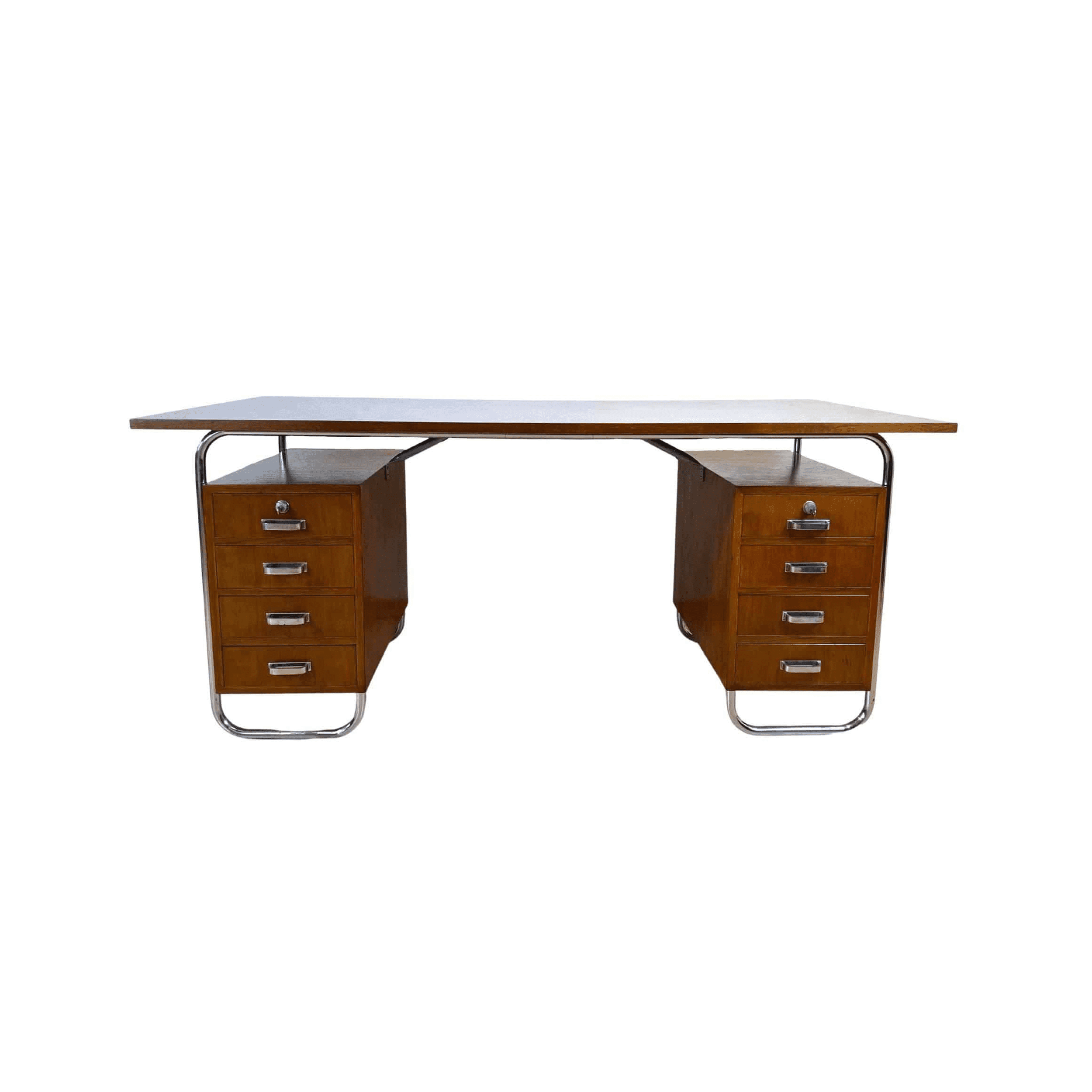
The desk features a lovely oak veneer on softwood, paired with a chromed tubular steel frame with an original patina. The designed equipped both sides with four drawers with ample storage space. The recent re-lacquered finish on this piece gives it a fresh shine.
Not Just Furniture: Architectural Masterpieces
Mies van der Rohe’s portfolio includes a remarkable array of architectural masterpieces that exemplify his design principles. The Barcelona Pavilion, with its clean lines, flowing spaces, and meticulous attention to detail, remains an icon of modernist architecture. Thereafter, we find the Farnsworth House, a transparent structure nestled within nature. This space showcases Mies’s ability to blur the boundaries between the built environment and its surroundings. The Seagram Building in New York City, with its sleek glass façade and minimalistic aesthetics, exemplifies his mastery of the skyscraper typology.
An Influence That Lasts
Ludwig Mies van der Rohe’s legacy as a pioneer of modern art endures to this day. From ideas about a glass skyscraper, to leather lounge chairs, he had an undeniable impact on modern construction technology. His emphasis on minimalism and functionality has influenced countless architects and designers, shaping the way we view and interact with built spaces.
Mies’s commitment to “less is more” continues to resonate in contemporary design. He inspired a movement towards simplicity, elegance, and a harmonious integration of form and function. As we reflect on his life and work, it is evident that Mies van der Rohe’s contributions have transcended time, making him an lasting figure in the annals of architectural history.

